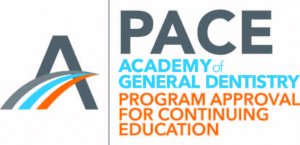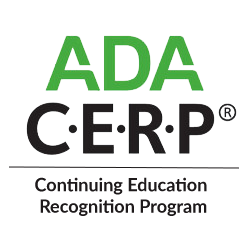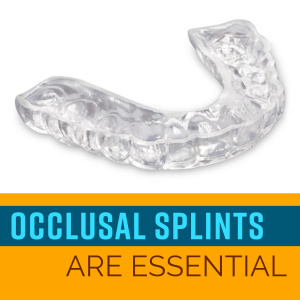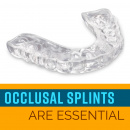Occlusal Splints Are Essential!
Product Details
Gordon J. Christensen, DDS, MSD, PhD; Karen Preston, MAEd, RDH, FHEA; & Ric Schwarting, BS
Occlusal principles and techniques have become much more essential because of changes in restorative materials, occlusal concepts, orthodontic procedures, and increased occlusal malfunction. Occlusal splints are mandatory for the prevention and treatment of occlusal maladies. Splints can be tolerated very well if fabricated correctly, but they need meticulous and routine adjustments for optimum service. In this video, learn various types of occlusal splints, when each type is indicated, their ideal characteristics, and how to adjust them for best patient acceptance, comfort, and long service. Watch Gordon and our clinical team demonstrate the entire procedure, from seating, adjusting, and educating the patient to follow-up adjustment appointments. Most occlusal splint procedures can be delegated to competent staff members such as your hygienist, dental assistant, or lab technician.
Table of Contents
- Has Occlusion Changed?
- Clinical Conditions Needing Occlusal Splints
- Types of Occlusal Splints
- Clinical Characteristics of Splint Types
- Impressions for Occlusal Splints - Analog or Digital?
- Interocclusal Record and Opposing Arch Cast
- Interocclusal Record and Opposing Arch Cast (Lab)
- Laboratory Considerations
- Design of Full-Arch Occlusal Splints
- Seating Full-Arch Occlusal Splints
- Splint Equilibration at 10 Days to 2 Weeks
- ADA Codes for Occlusal Splints
Available in streaming format only









